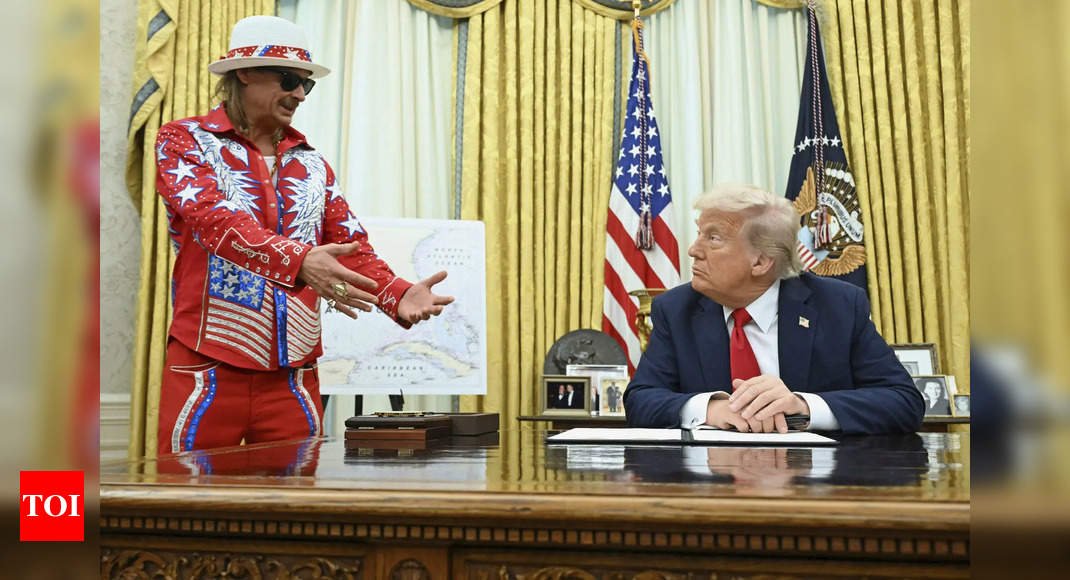Understanding Reciprocal Tariffs: Trump’s Trade Policy Approach
What are Reciprocal Tariffs?
Reciprocal tariffs are a trade policy tool where a country imposes tariffs on imports that match the tariffs its exports face in foreign markets. This concept aims to create a balanced trading environment by ensuring no nation disproportionately benefits from lower trade barriers.
Example of Reciprocal Tariffs
For example, if Country A imposes a 25% tariff on steel imports from Country B, Country B would respond by imposing a 25% tariff on steel imports from Country A. The goal is to discourage protectionist policies and encourage countries to lower their tariffs through negotiation.
Trump’s Use of Reciprocal Tariffs
President Donald Trump has made reciprocal tariffs a key part of his trade policy, framing them as part of his “America First” agenda. On April 2, 2025, Trump officially announced his reciprocal tariff plan, calling it a necessary step to combat unfair trade practices by foreign nations.
Targeting Higher Tariff Countries
Trump’s plan targets countries that impose higher tariffs on American exports than the U.S. imposes on their goods. For instance, India charges a 100% tariff on American motorcycles, while the U.S. imposes only a 2.4% tariff on Indian motorcycles. Under Trump’s reciprocal tariff policy, the U.S. would raise its tariff on Indian motorcycles to match India’s rate.
Key Objectives of Reciprocal Tariffs
- Reduce the U.S. trade deficit by discouraging imports and boosting domestic production.
- Protect American industries from unfair competition.
- Pressure trading partners to lower their own tariffs or renegotiate trade agreements with more favorable terms for the US.
Challenges and Criticisms
While Trump’s supporters see the policy as a bold step toward trade fairness, critics warn of potential downsides:
- Higher Consumer Costs: Reciprocal tariffs could lead to increased prices for imported goods in the U.S., affecting consumers and businesses reliant on foreign products.
- Global Trade Tensions: Countries targeted by the policy may retaliate with their own tariffs, escalating into broader trade disputes or even a trade war.
- Implementation Complexity: Matching tariffs on a product-by-product basis is administratively challenging due to the vast number of goods traded globally.
Economists also question whether reciprocal tariffs will effectively reduce trade imbalances, arguing that factors like currency valuation and domestic consumption patterns play a larger role in creating trade deficits than tariff disparities.
Global Reaction
The announcement has already drawn criticism from major trading partners. China and the European Union have labeled the policy as protectionist, while developing nations like India fear economic repercussions if subjected to equivalent U.S. tariffs.



